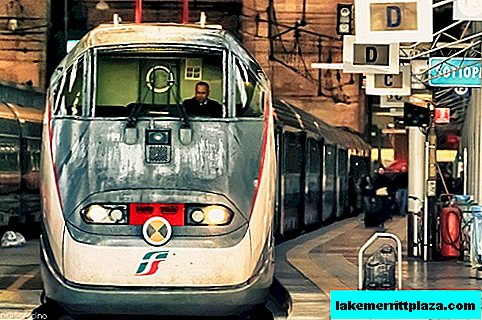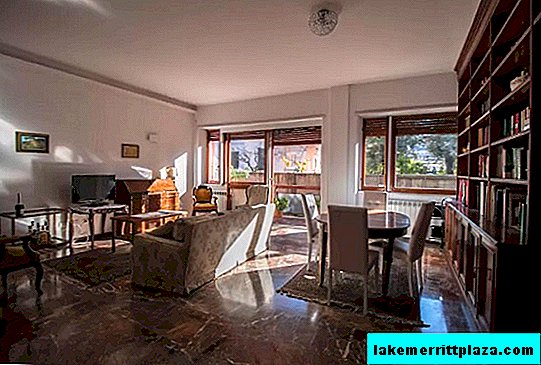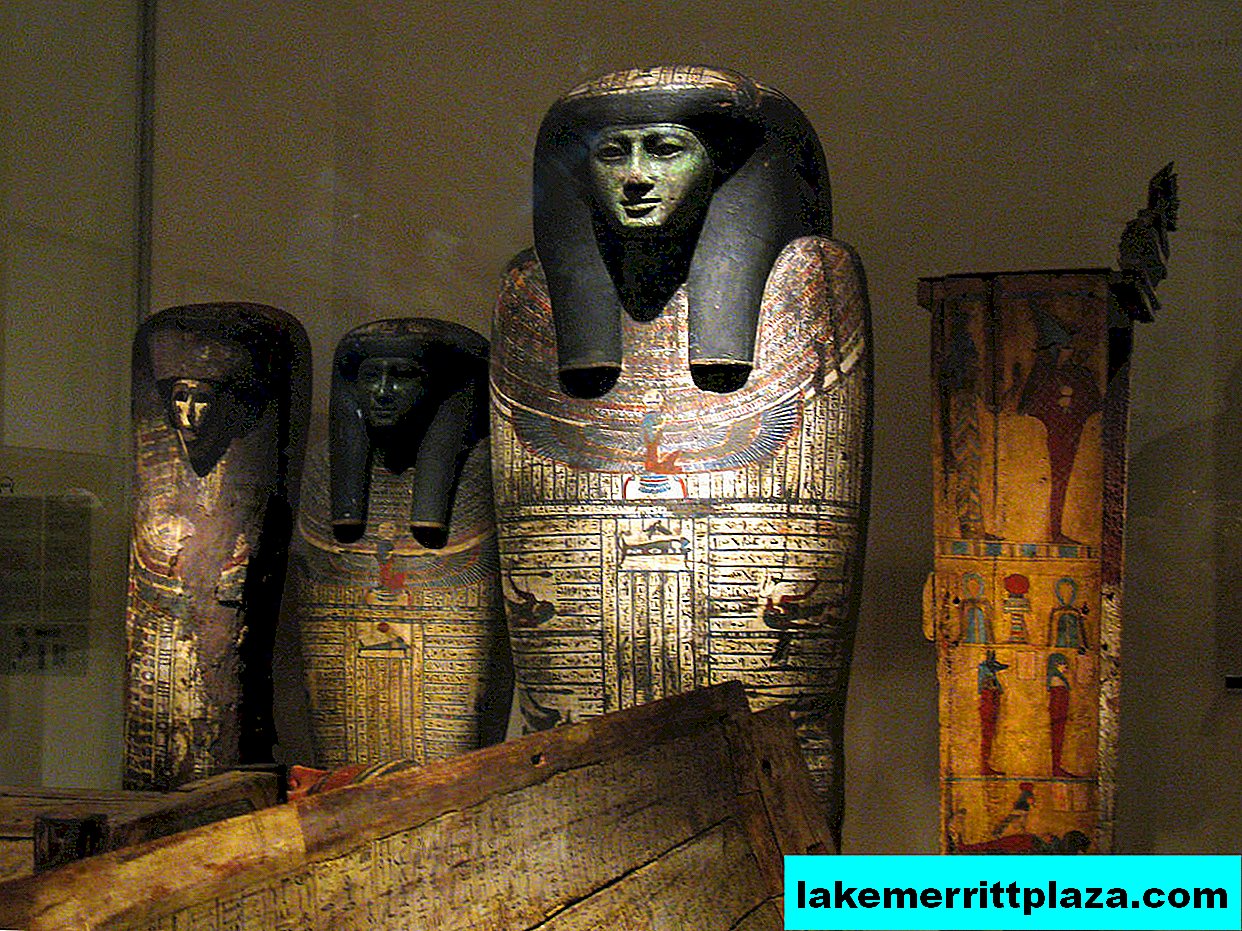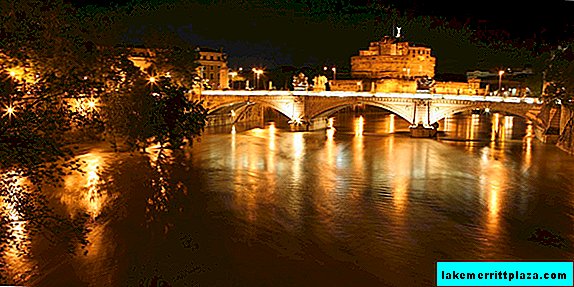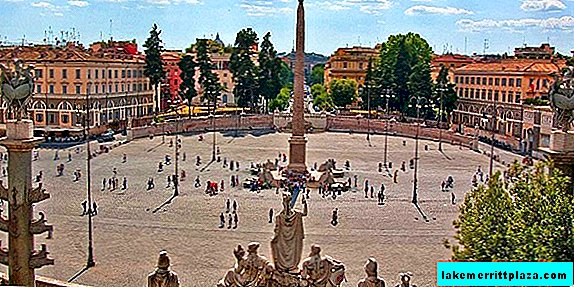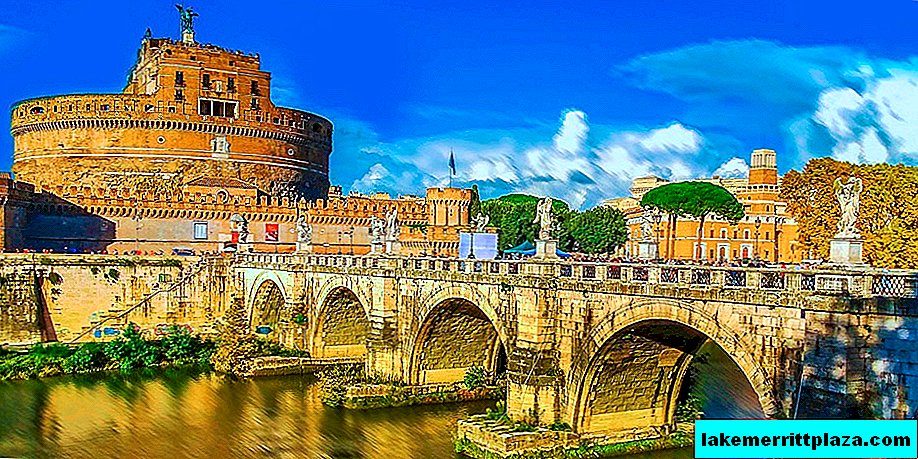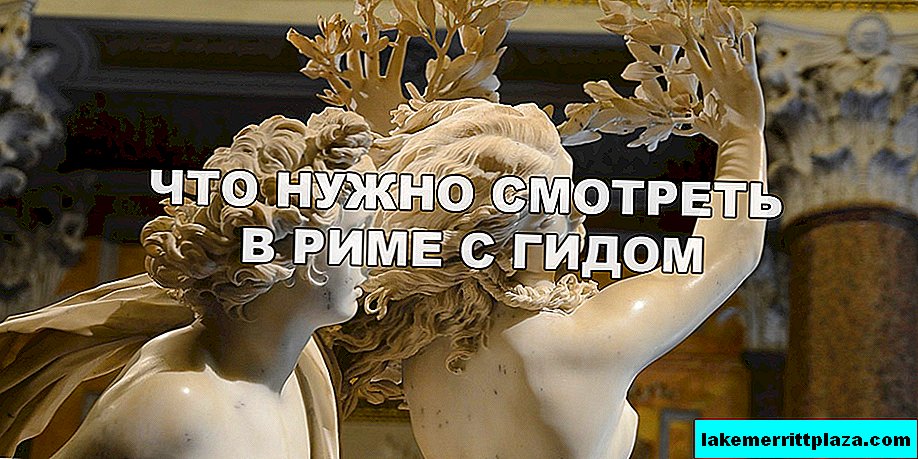Many tourists, walking around the Eternal City, think that they are surrounded everywhere by museums and art monuments. And this is understandable and excusable. In fact, it is difficult to name the exact number of Roman museums and galleries: along with giants such as the Borghese Gallery and the Capitol Museums (Musei Capitolini), there are many smaller collections that are not accessible to the public. In their desire to see as many famous places as possible, tourists often miss the opportunity to find out what is hidden from their eyes, but from this they are no less interesting places.
These include, for example, Museum of the Soul in Purgatory (Museo delle Anime del Purgatorio)Located a ten minute walk from the Vatican near the sacristy of the church of Del Sacro Cuore (Chiesa del Sacro Cuore del Suffragio), an example of Gothic architecture.
This unique museum is quite small compared to others. Numerous otherworldly artifacts are located in a small room, glancing at them, visitors' hairs stand on end, and nervous tremors run through the body. The exhibits, as they say in the museum, are the traces of souls trapped in Purgatory. Despite the fact that there is not a word about him in the Bible, the concept of "Purgatory" has been known to believers since the 11th century. It is believed that the soul will get there and stay there until it pays off with its sins. The term of a sinner in Purgatory can be shortened if his living friends and relatives pray earnestly for him.

The exhibits themselves are very, very interesting. Traces that souls allegedly left from Purgatory have been preserved on various surfaces, including wood, fabrics, paper, and much more. Near each artifact there is a tablet on which its history is written in several languages. So, for example, in the Museum of Souls from Purgatory there is a nightcap with fingerprints, which has an entertaining legend. According to her, back in the 1870s, the wife of the owner of this cap died. Despite the mourning, the widower still allowed himself plenty to enjoy the company of pretty women. And one night a ghost of his jealous wife appeared to a frivolous man, who pinched the unfaithful by the nose several times and pulled off his nightcap. After that, the traitor began to regularly observe mourning.

A hat with fingerprints of a jealous ghost entered the Museum of Souls from Purgatory in 1912, becoming the first exhibit in an amazing collection that was regularly updated with new elements. Things brought with a touch of esoteric from different countries of Europe, including France, Belgium and Germany, were brought here. However, in the museum you will not find photographs that would capture those to whom it is dedicated. The rector of the church convinces that the souls of the dead do not tolerate interference in their world, which, however, does not prevent them from sometimes appearing in the world of the living.
By the way, taking pictures in the museum is not prohibited. Moreover, they will not take a penny for your pictures, as well as for the entrance to the Museum of Souls from Purgatory. However, it is recommended that you keep a small donation for the church.
How to get there
Address: Lungotevere Prati 12, Rome, Italy
View Rome sights in a larger map
The unusual museum can be reached on foot along the promenade past Castel Sant'Angelo in the direction opposite to St. Peter's Basilica (Basilica di S. Pietro).
Mode of operation
Daily from 09:00 to 12:30 and from 17:00 to 19:00.

